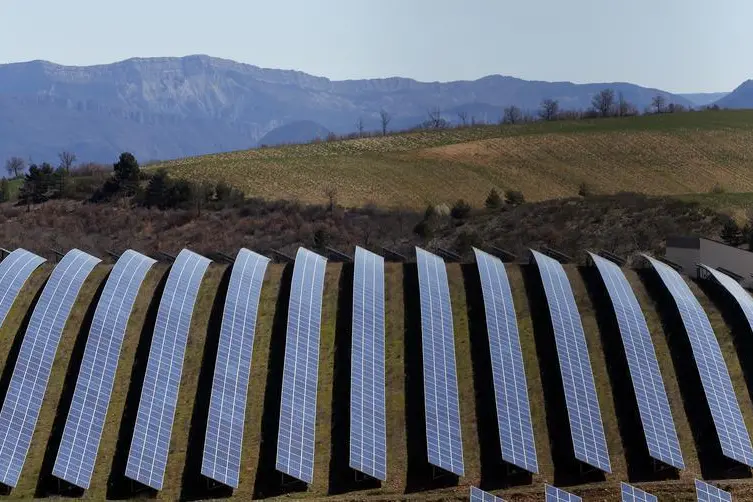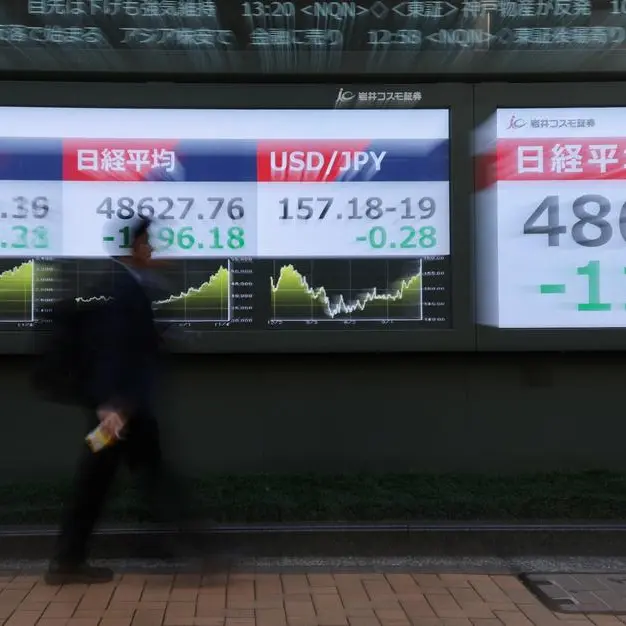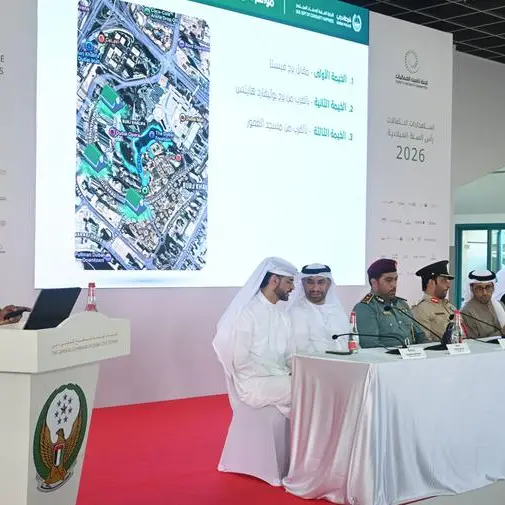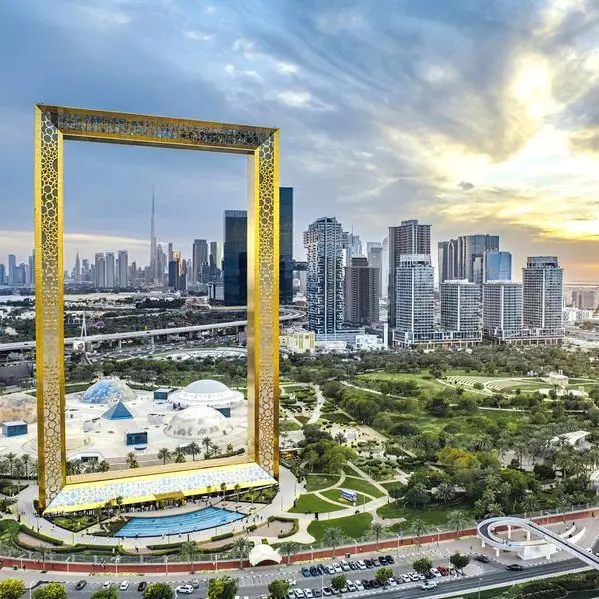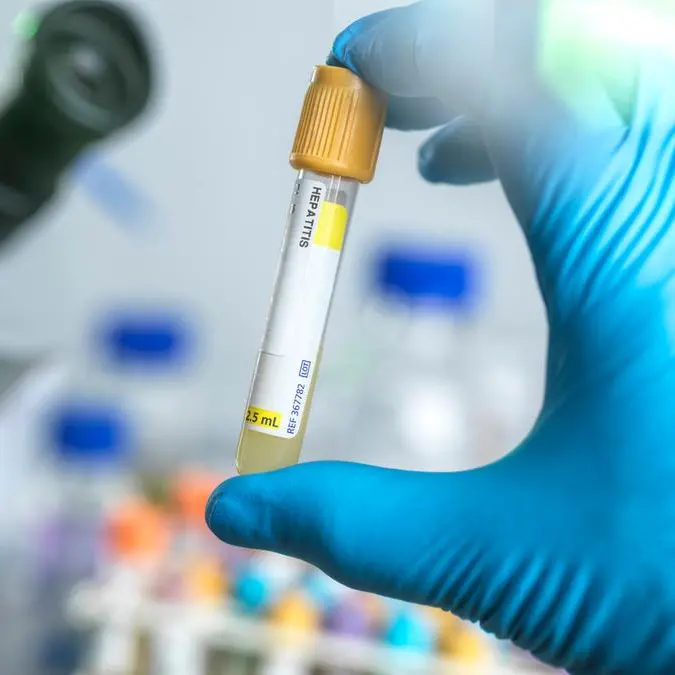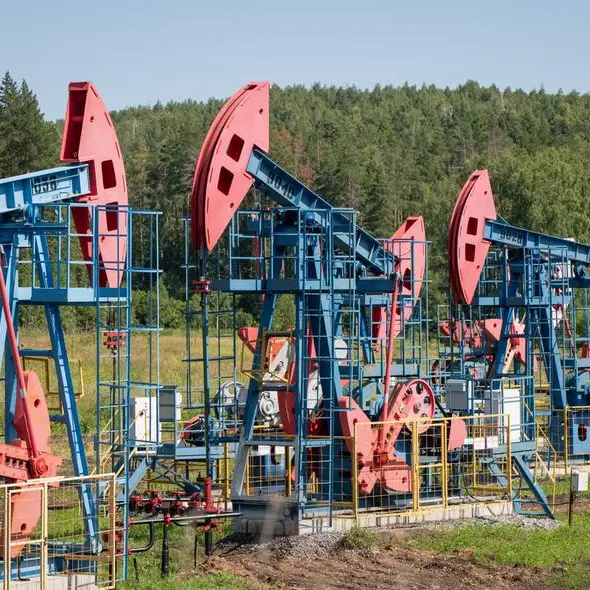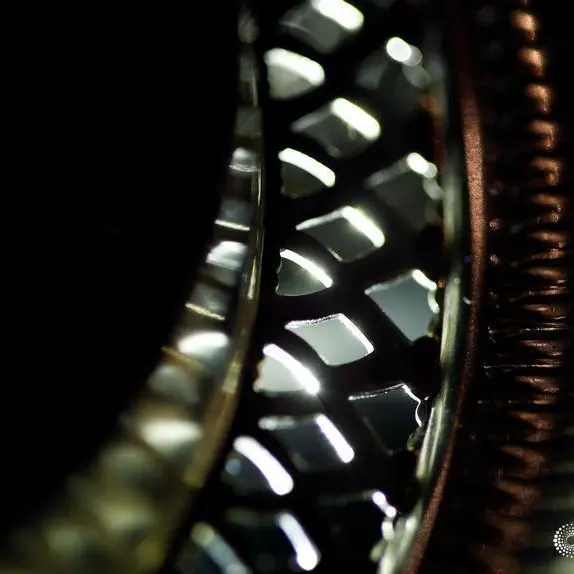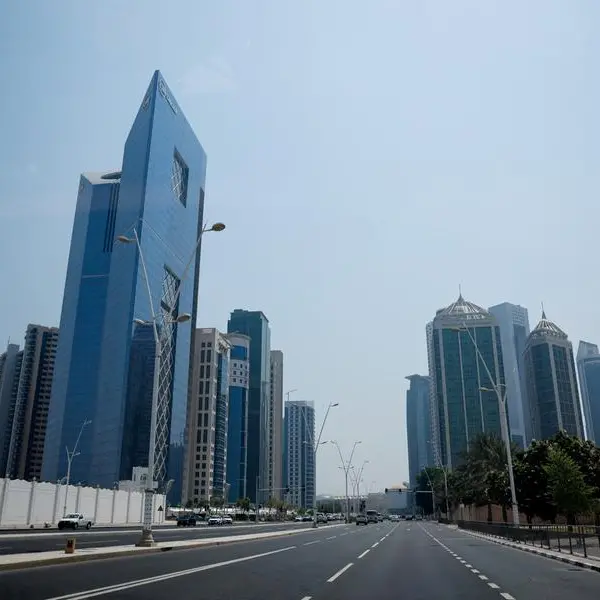PHOTO
LONDON - Specialist renewable energy investor Quercus will invest over half a billion euros in a solar power project in Iran, with construction to start in the first half of 2018, the company's chief executive told Reuters.
The planned 600-megawatt (MW) plant, located in central Iran, will be the sixth largest globally, behind projects of up to 1.5 gigawatts (GW) in China and India.
Diego Biasi, chief executive of Quercus, which has a track record of investing in renewable energy in Europe, told Reuters the firm had decided to go for such a big project to get an endorsement from Iran's Ministry of Energy.
"This is a project of national interest, so we got special support. We had enough investors interested so instead of splitting that across smaller projects which wouldn't have given us the same relationship with the Ministry, we decided to go for one," he said in a phone interview on Tuesday. The hope was this would lead to more solar projects.
Established in 2010, independently-owned Quercus has a portfolio of around 40 renewable energy plants across Europe. The Iran project is its first investment outside Europe, and came in response to client demand, Biasi said.
Under the terms of the agreement signed by Quercus and Iran's Ministry of Energy, the firm will be responsible for the construction, development and operation of the plant.
Construction is expected to take three years, with each 100 MW standalone lot becoming operational and connecting to the grid every six months, to mitigate the risk for investors.
Rather than investing via a fund structure, Quercus will set up a project company and investors will hold shares via a private placement. It has already attracted interest from private and institutional investors, including sovereign funds.
Iran is heavily reliant on natural gas and oil to generate power, but air pollution is driving interest in renewables and Iran has made a commitment to develop 5 GW of new renewable energy capacity by 2020.
Iran's installed solar energy capacity is currently 53 MW, according to Iranian energy ministry data, but 76 firms have signed deals to study building an extra 932 MW of capacity. Interest has grown since the lifting of international sanctions on Iran in 2016.
"The market is becoming more active on the permit side but on the construction side it hasn't opened up yet. After this project we think there will be increasing interest from foreign investors," Biasi said, adding interest was already quite strong.
The project will benefit from bilateral investment treaties that ensure foreign investors are treated the same as local ones. Biasi said there was also a guarantee in the contract with the Ministry of Energy that the electricity would be paid for.
As Quercus has appointed a local partner, Sunir, to help build the plant in conjunction with Spanish firm Bester, it may also benefit from a 15 percent uplift in the feed-in tariff, Biasi said. Under Iran's renewables regime, the feed-in tariff may be increased by up to 30 percent if local equipment and components are used.
(Reporting by Claire Milhench; Editing by Mark Potter) ((claire.milhench@thomsonreuters.com; +44)(0)(207 542 3571; Reuters Messaging: claire.milhench.thomsonreuters.com@reuters.net))
The planned 600-megawatt (MW) plant, located in central Iran, will be the sixth largest globally, behind projects of up to 1.5 gigawatts (GW) in China and India.
Diego Biasi, chief executive of Quercus, which has a track record of investing in renewable energy in Europe, told Reuters the firm had decided to go for such a big project to get an endorsement from Iran's Ministry of Energy.
"This is a project of national interest, so we got special support. We had enough investors interested so instead of splitting that across smaller projects which wouldn't have given us the same relationship with the Ministry, we decided to go for one," he said in a phone interview on Tuesday. The hope was this would lead to more solar projects.
Established in 2010, independently-owned Quercus has a portfolio of around 40 renewable energy plants across Europe. The Iran project is its first investment outside Europe, and came in response to client demand, Biasi said.
Under the terms of the agreement signed by Quercus and Iran's Ministry of Energy, the firm will be responsible for the construction, development and operation of the plant.
Construction is expected to take three years, with each 100 MW standalone lot becoming operational and connecting to the grid every six months, to mitigate the risk for investors.
Rather than investing via a fund structure, Quercus will set up a project company and investors will hold shares via a private placement. It has already attracted interest from private and institutional investors, including sovereign funds.
Iran is heavily reliant on natural gas and oil to generate power, but air pollution is driving interest in renewables and Iran has made a commitment to develop 5 GW of new renewable energy capacity by 2020.
Iran's installed solar energy capacity is currently 53 MW, according to Iranian energy ministry data, but 76 firms have signed deals to study building an extra 932 MW of capacity. Interest has grown since the lifting of international sanctions on Iran in 2016.
"The market is becoming more active on the permit side but on the construction side it hasn't opened up yet. After this project we think there will be increasing interest from foreign investors," Biasi said, adding interest was already quite strong.
The project will benefit from bilateral investment treaties that ensure foreign investors are treated the same as local ones. Biasi said there was also a guarantee in the contract with the Ministry of Energy that the electricity would be paid for.
As Quercus has appointed a local partner, Sunir, to help build the plant in conjunction with Spanish firm Bester, it may also benefit from a 15 percent uplift in the feed-in tariff, Biasi said. Under Iran's renewables regime, the feed-in tariff may be increased by up to 30 percent if local equipment and components are used.
(Reporting by Claire Milhench; Editing by Mark Potter) ((claire.milhench@thomsonreuters.com; +44)(0)(207 542 3571; Reuters Messaging: claire.milhench.thomsonreuters.com@reuters.net))
